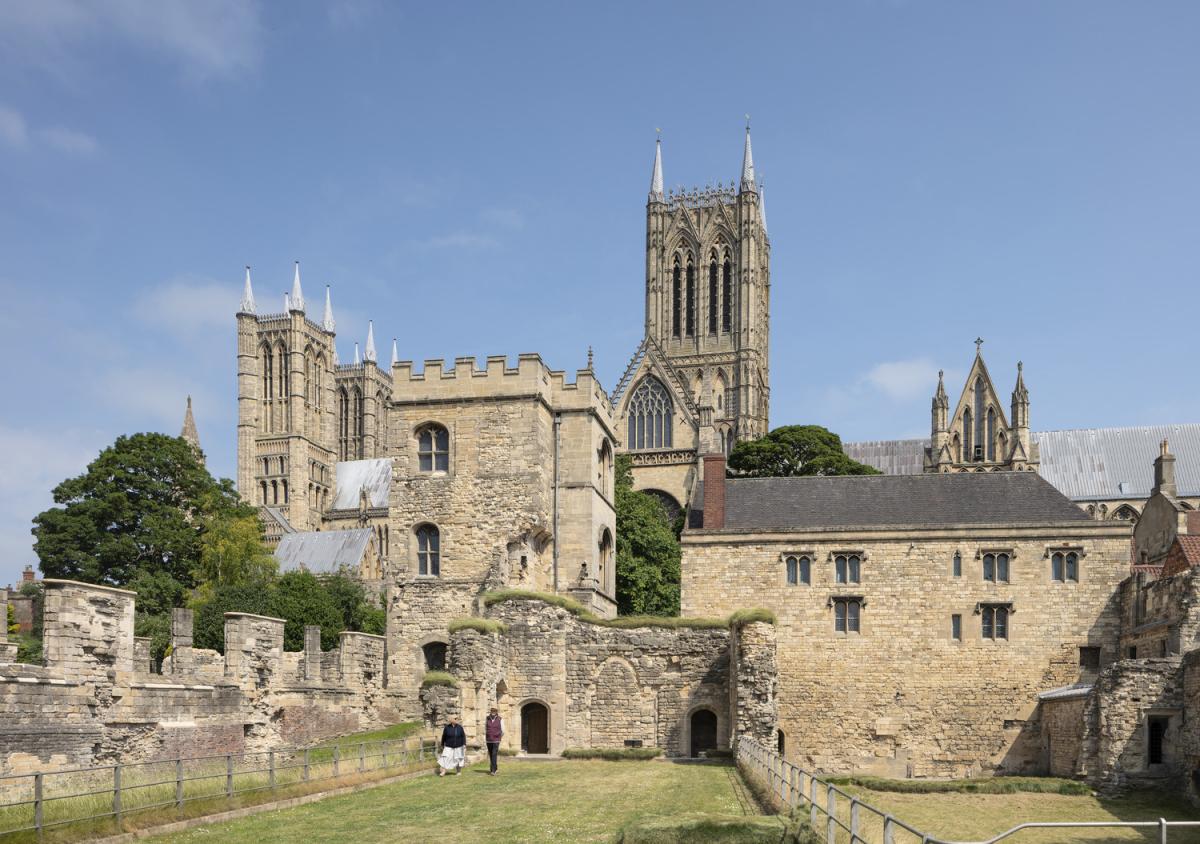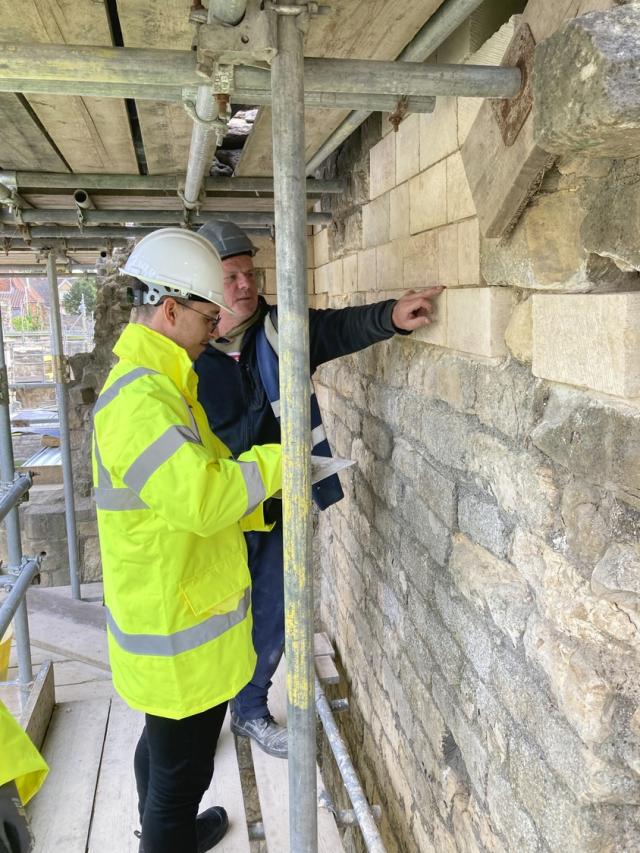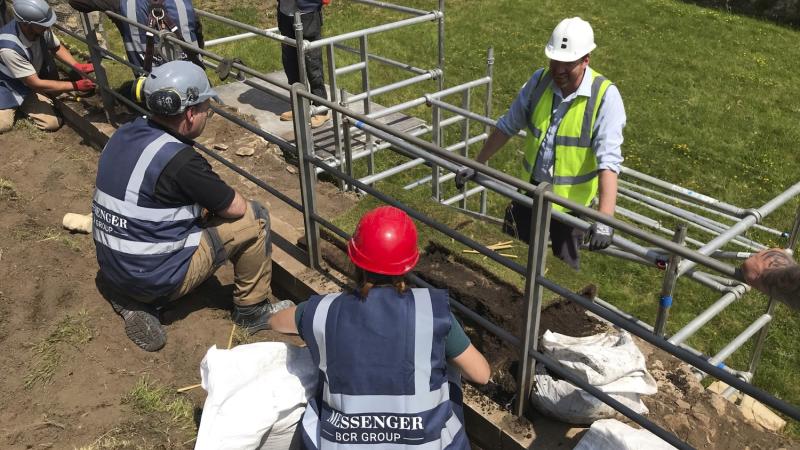Lincoln Medieval Bishops’ Palace, which stands in the shadow of Lincoln Cathedral, was built around the 12th century and formed the major administrative centre of the largest diocese in medieval England, stretching from the Humber to the Thames. Its significant architecture reflected the enormous power, wealth and importance within England at the time.

Delivered for English Heritage, the £2.5m project aimed to conserve and repair the entire palace site. Buttress started the preliminary work in 2019, with a start on-site two years later. Our approach to the project was to conserve and repair the palace with as little intervention as possible. This can be seen in the stonework, which was worked on by highly skilled stonemasons using the most accurately authentic stone possible, which was sourced locally from the Lincoln Cathedral Quarry. The visitor experience has been a key focus of Buttress’ work by improving the understanding of the site and opening up areas which had previously been inaccessible to the public.
Buttress also sought to engage with as many interested people as possible and talk with them about the work involved in conserving a medieval monument. This was done through weekly tours and events for groups that included local universities and special interest groups.
The conservation phase took six months to complete through to the informed reinstatement or renewal of the severely decayed and unstable fabric of the structure. The west side consisted of the west hall and kitchen and was the public-facing space for events and banquets. The east side being the main private living area of the bishop’s residence.
To support the conservation, Buttress utilized pioneering digital technology to ensure the informed repair of the fabric using traditional techniques and materials.
Buttress associate director, Edward Kepczyk commented:
“This was a significant project where we worked hard to ensure that the works were done both sensitively and robustly enabling the palace to be conserved, understood and appreciated. Whilst working on the project, all of us involved had the next generations at the forefront of our minds – we want them to conserve, understand and enjoy the site for the following centuries."


Work was completed on schedule and the palace opened to the public recently. Buttress will continue to advise English Heritage on the continuing care and maintenance of the palace.
Edward Kepczyk
Edward specialises in the conservation, informed repair, and creative reuse of secular and ecclesiastical buildings, including some of the country’s most significant historic sites.
Jenna Johnston
Jenna leads Buttress’ heritage consultancy team, providing clients with the resources and knowledge they need to better understand their heritage assets.


